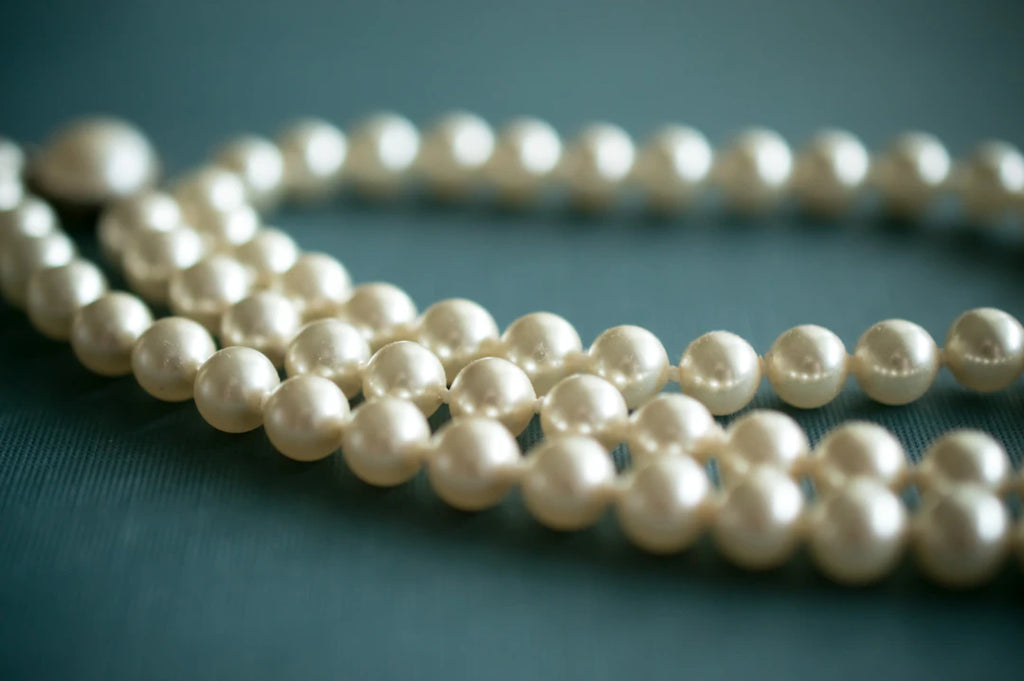Tahitian Pearl Grading: What You Need to Know

Frequently Asked Questions
1. What are Tahitian pearls?
2. What factors are used to grade Tahitian pearls?
3. What size do Tahitian pearls typically range from?
4. Why is certification important when purchasing Tahitian pearls?
5. What tips should buyers consider when purchasing Tahitian pearls?
Tahitian pearls, often regarded as the black pearls of the sea, are a treasure in the world of jewelry and adornment. Their unique colors and lustrous surface set them apart, making them highly sought after by collectors and jewelry enthusiasts alike. However, not all Tahitian pearls are created equal, which is where grading comes into the picture. Understanding how Tahitian pearls are graded can make a significant difference when purchasing or valuing these exquisite gems. In this comprehensive guide, we will explore the intricacies of Tahitian pearl grading, equipping you with the knowledge required to make informed decisions in your pearl journey.
Understanding Tahitian Pearls
Tahitian pearls are cultivated in black-lipped oysters primarily found in French Polynesia. Their natural colors range from deep grays and blacks to stunning greens and blues. The allure of Tahitian pearls lies not only in their color but also in their unique shapes and luster. As you delve into the world of Tahitian pearls, it’s essential to understand the key grading factors that determine their quality and value.
The Grading Criteria
The grading of Tahitian pearls mainly revolves around several important factors: size, shape, color, luster, surface quality, and matching. Let’s take an in-depth look at each of these grading criteria.
Size
Size is one of the most easily recognizable factors in grading Tahitian pearls. These pearls typically range from 8mm to 18mm in diameter, with larger pearls generally being more valuable due to their rarity. When assessing size:
- 8mm to 9mm: A popular choice for necklaces and earrings.
- 10mm to 12mm: These pearls are often seen in statement jewelry pieces.
- 13mm and above: Considered high-end, these are luxurious and rare finds.
Shape
Tahitians come in various shapes, which also affects their value. The most common shapes include:
- Round: The highest quality, fetching the best prices.
- Near-Round: Very close to perfectly round, a favorite among buyers.
- Baroque: Irregular shapes that offer uniqueness and charm.
- Drop: Pear-shaped, suitable for pendants and earrings.
As a rule of thumb, round shapes are generally rarer and command higher prices, whereas baroque shapes can be wonderfully unique and less expensive.
Color
The stunning range of colors found in Tahitian pearls is one of their most appealing characteristics. The primary colors include:
- Black: These are often the most sought after.
- Green: Ranging from dark olive to light hues.
- Gray: A classic and elegant choice.
- Blue: Quite rare and striking.
- Peacock: A combination of colors that creates a mesmerizing effect.
The value increases based on the intensity and uniqueness of the pearl's color, and some colors can be exceptionally rare, leading to higher prices.
Luster
Luster is a critical quality that refers to the pearl’s shine and brilliance. Tahitian pearls are known for their high-quality luster, which can range from dull to mirror-like finishes. A few important aspects of luster include:
- High Luster: Produces vivid reflections and a sharp appearance.
- Medium Luster: Somewhat shiny but with softer reflections.
- Poor Luster: Dull, lacking shine.
High-luster Tahitian pearls are generally more desirable and expensive due to their visual appeal.
Surface Quality
The surface quality of Tahitian pearls also plays a significant role in grading. Many pearls will have natural blemishes, but the fewer the blemishes, the higher the grade. Here’s how surface quality can be assessed:
- AA and AAA: These pearls have minimal surface imperfections and are often of the highest quality.
- A: Some visible marks, but still considered desirable.
- B: More noticeable surface flaws, which may affect value.
Choosing pearls with higher surface quality ensures long-term enjoyment and can impact resale value significantly.
Matching
For pearl jewelry pieces that require multiple pearls, such as necklaces or bracelets, matching becomes a crucial grading factor. Excellent matching means the pearls will be uniform in size, shape, color, and luster. A perfectly matched set enhances the overall aesthetic appeal and can also significantly drive up the price. When evaluating a string of pearls, look for:
- Consistent size throughout the piece.
- Uniform color and luster.
- Similar shapes, especially if the desired look is round or drop.
The Importance of Certification
When purchasing Tahitian pearls, especially at higher price points, it's wise to consider certification. Certification can provide assurance regarding the quality and authenticity of the pearls you’re buying. Reputable jewelers will often provide documentation that includes:
- The pearl's grading assessment.
- Information on the origin and history of the pearls.
- Details regarding treatments, if any.
Having a certified appraisal ensures that you are making a sound investment and offers peace of mind.
Tips for Buyers
Now that you’re equipped with insights into the grading of Tahitian pearls, here are some essential tips for buyers. This knowledge can enhance your shopping experience and help you select the perfect pearls:
- Research Trusted Jewelers: Always buy from reputable and well-reviewed sources.
- Understand Your Preferences: Know your desired size, shape, and color before making a purchase.
- Look for Quality over Quantity: It’s better to invest in fewer higher-quality pearls than to buy many lower-quality ones.
- Ask for Certification: Always request certification for higher-priced pieces to validate their worth.
Final Thoughts on Tahitian Pearls
Owning Tahitian pearls is about embracing their beauty and versatility. Whether you're wearing them in a necklace, earrings, or bracelets, having a solid understanding of Tahitian pearl grading can significantly enhance your appreciation for these natural wonders. By paying close attention to the grading criteria—size, shape, color, luster, surface quality, and matching—you can ensure that your pearls not only enhance your collection but also serve as an investment for the future.
From their rich history in French Polynesia to their coveted status in the jewelry world, Tahitian pearls symbolize elegance and sophistication. Armed with this knowledge, you are now fully prepared to dive into the enchanting world of Tahitian pearls and make choices that will resonate with your style and values. Happy pearl hunting!
Discover the creations of a fellow Shopify or Wix store owner. Check out their online store here. Please remember that this is a promotional link, and we are not liable for the content of the linked store.

Leave a comment